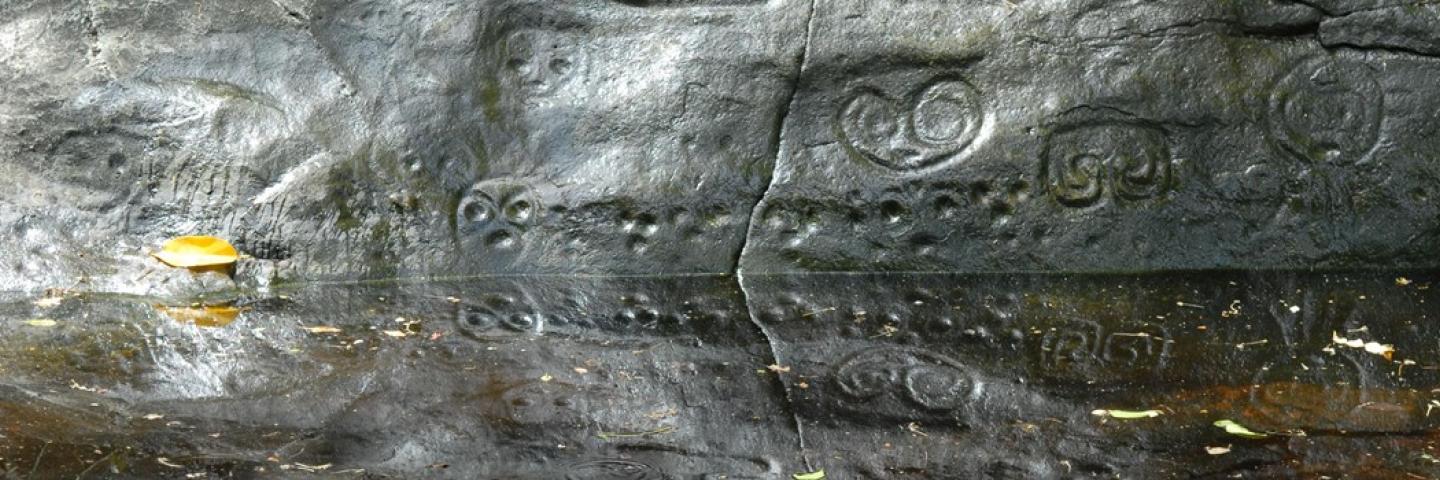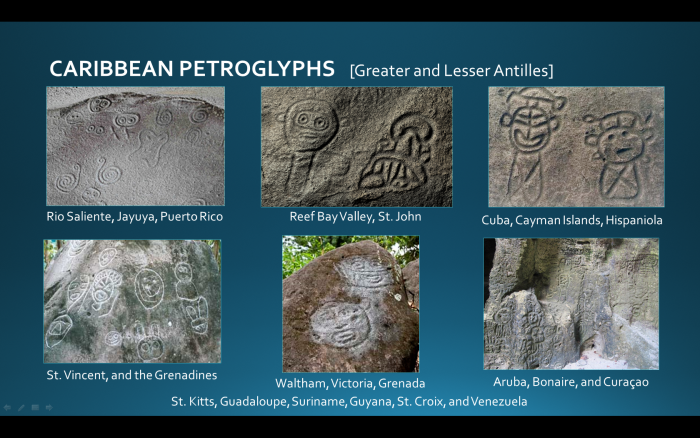
Every November, Americans observe Native American Heritage Month to recognize the achievements and contributions of Native Americans and celebrate the rich and diverse cultures, traditions, and histories of Indigenous peoples.
We honor the unique challenges Indigenous people faced historically and continue to face in the present, as well as the ways in which tribal citizens and communities have worked to overcome those challenges.
The 2022 USDA Native American Heritage Month theme is, “Three Sisters: The Intersection of Indigenous and Western Knowledge.”
Adapted from the named intercropping method of planting corn, beans, and squash developed as an indigenous agricultural practice, the three sisters theme represents a continuous cycle in which each generation is responsible for caring for one another and leaving a better world for the next. These three plants protect and nourish each other in different ways as they grow and provide a solid diet for their cultivators. The beans provide nitrogen for the soil, including for the corn which is a nitrogen intensive plant, and the broad squash leaves reduce the pest and weed population-decreasing the need for pesticides and herbicides.
The theme builds off the memorandum issued by the White House Office of Science and Technology Policy and Council on Environmental Quality directing all Federal agencies to incorporate indigenous traditional ecological knowledge into our federal research projects and programming. Agencies across USDA are taking steps to incorporate and better support indigenous knowledge in meaningful ways. The National Institute of Food and Agriculture started encouraging indigenous traditional ecological knowledge in many of the agency’s Requests for Applications as a strategy to increase applications benefiting tribal communities. From farm financing to infrastructure development, many of our USDA programs can be conduits for indigenous perspectives. Keep an eye out for announcements on more USDA accomplishments during the White House Tribal Nations Summit later this month.
The first American Indian Day was celebrated in May 1916 in New York. The event culminated an effort by Red Fox James, a member of the Blackfeet Nation who rode across the nation on horseback seeking approval from 24 state governments to have a day to honor American Indians. In 1976, Jerry C. Elliott-High Eagle authored the first historical Native American Awareness Week legislation in recognition of native peoples in the nation. This then led to President Ronald Reagan proclaiming November 23-30, 1986, as “American Indian Week". On August 3, 1990, President George H.W. Bush signed Public Law 99-471, a landmark bill honoring America's tribal people and designating the month of November as “National American Indian Heritage Month.” Similar proclamations have been issued every year since 1994 to recognize what is now called “American Indian and Alaska Native Heritage Month.”
USDA will commemorate Native American Heritage Month on November 10, 2022, at 1:00 pm ET.
Census Quick Facts
- 7.1 million – the U.S. American Indian and Alaska Native population alone or in combination with other race groups in 2020.
- 3.7 million – the nations American Indian and Alaska Native population alone in 2020.
- 574 – the number of federally-recognized Indian tribes in 2020.
- 324 – The number of distinct, federally recognized American Indian reservations in 2022, including federal reservations and off-reservation trust land.
- 120,944 – the number of single-race American Indian and Alaska Native veterans of the U.S. armed forces in 2021.
Indigenous Peoples of Puerto Rico and the U.S. Virgin Islands – Taino and Carib Indians (Encyclopedia Britannica)

Taino were Arawak-speaking people who inhabited what are now Cuba, Jamaica, Hispaniola (Haiti and the Dominican Republic), Puerto Rico, and the Virgin Islands at the time of Christopher Columbus’s exploration. Once the most numerous indigenous people of the Caribbean, the Taino may have numbered one or two million at the time of the Spanish conquest in the late 15th century. They had long been on the defensive against the aggressive Carib people, who had conquered the Lesser Antilles to the east.
When Europeans first encountered the Taino, they practiced a high-yielding form of shifting agriculture to grow their staple foods of cassava and yams. The Taino would burn the forest or scrub and then mound the ashes and soil for planting and irrigation. Corn (maize), beans, squash, tobacco, peanuts (groundnuts), and peppers were also grown, and wild plants were gathered. Birds, lizards, and small animals were hunted for food. Fish and shellfish were another important food source.
The Spanish conquest of the Taino and other indigenous peoples began with their arrival in 1493. Enslavement, starvation, and disease reduced them to a few thousand by 1520 and to near extinction by 1550. Those who survived mixed with Spaniards, Africans, and others. Taino culture was largely wiped out, although several groups claiming Taino descent gained visibility in the late 20th century, notably in Cuba, Puerto Rico, and Florida. In 1998 the United Confederation of Taino People, which characterizes itself as an “Inter-Tribal authority,” was created as an umbrella organization to affirm and restore Taino culture, language, and religion. The Taino are not officially recognized as a group by any governments, however, those who consider themselves Taino claim the right to self-determination.
More Information
- What Became of the Taíno – Smithsonian magazine
- Taíno - Native Heritage and Identity in the Caribbean (Español) - Smithsonian Museum of the American Indian
- Archaeologists find major pre-Columbian site - NBC News. U.S. and Puerto Rican archaeologists say they have found the best-preserved pre-Columbian site in the Caribbean, which could shed light on virtually every aspect of Indian life in the region, from sacred rituals to eating habits.
- Meet the Survivors of a ‘paper genocide’ – National Geographic
- Petroglyphs of Reef Bay, Virgin Islands National Park – National Park Service
- Instituto de Cultura Puertorriqueña
- Taino Today – Virgin Islands Source
- Caguana Ceremonial Indigenous Park, Utuado, PR - The Clio
- Salt River Bay National Historic Park and Ecological Preserve, St. Croix, USVI - National Park Service
- The Taína Route and Indigenous Culture in Puerto Rico – discoverpuertorico.com
- Taino Indian Culture – welcome.topuertorico.org
- Indigenous Puerto Rico: DNA evidence upsets established history – Indian Country Today
National Links
- Presidential Proclamation for 2022 Native American Heritage Month
- Native American Heritage Month – Library of Congress
- Native American History - National Archives
- Smithsonian National Museum of the American Indian
- Native American Heritage Month - National Park Service
- Native American Heritage Month – pbs.org
- American Indian and Alaska Native Heritage Month 2022 Facts for Features – U.S. Census Bureau
- National Congress of American Indians (NCAI)
- American Indian Alaskan Native Tourism Association (AIANTA) – Native American Heritage Month
Contact
- Yadira Feliciano, American Indian/ Alaskan Native, 787-894-1480 x111
- National American Indian/ Alaskan Native, Cathy Cannon, 509-422-2750 x108

